Creating an ideal bedroom environment goes beyond selecting the perfect mattress or investing in luxurious linens. One critical aspect often overlooked is bedroom lighting. To truly transform your bedroom into a sanctuary of comfort and relaxation, understanding the fundamentals of bedroom lighting is essential.
Introduction to Bedroom Lighting
Before diving into the specifics, it's important to understand the impact of lighting on our lives. Light is a primary driver of our circadian rhythms, influencing our overall health and well-being. In the context of bedrooms, lighting plays a significant role in creating a conducive environment for sleep and relaxation. Therefore, planning a lighting scheme for your bedroom should be as meticulous as picking your color scheme and furnishings.
The Importance of Layered Lighting
A well-executed bedroom lighting plan incorporates multiple layers of light. These include ambient lighting, task lighting, and accent lighting. Each type serves a unique purpose and contributes to the overall lighting scheme in its own way.
Ambient Lighting
Ambient lighting, also known as general lighting, is the foundation of any lighting plan. This type of lighting provides the primary source of illumination, comparable to natural sunlight. It can be achieved through central overhead fixtures, large windows, or skylights. For artificial ambient lighting, options include ceiling fixtures like flush mount lights, chandeliers, or pendant lights. Alternatively, portable solutions like floor lamps can also provide ample general lighting.

Task Lighting
Task lighting focuses on specific areas, enhancing the functionality of your bedroom. This could include lighting for reading, working, or dressing. Bedside lamps, desk lamps, or swing-arm sconces are common examples of task lighting. They help perform activities requiring focused light, such as reading or applying makeup.

Accent Lighting
Accent lighting serves a dual purpose. It highlights specific features like artwork or architectural details, and it also creates a cozy atmosphere. Incorporating accent lighting in your bedroom can transform the space into a tranquil retreat. Recessed lighting, wall sconces, or creatively repurposed fixtures are some ways to add accent lighting to your bedroom's lighting design.

The Concept of Light Layering
Layering these three types of lighting is key to creating a balanced, inviting bedroom environment. By adjusting the intensity of each layer, you can manipulate the room's ambiance to suit any mood or activity with just a flick of a switch.
Lighting Zones in the Bedroom
In addition to layered lighting, creating designated lighting zones in your bedroom can add more flexibility and control over light levels. Common bedroom lighting zones include bedside lighting, wardrobe lighting, and work area lighting.
Bedside Lighting
Bedside lighting is arguably one of the most critical aspects of bedroom lighting. It allows for bedtime reading and adds character to the entire room. Wall-hung lamps, table lamps, and low-hanging pendants are all excellent options for bedside lighting.
Wardrobe Lighting
Good lighting inside your wardrobe makes dressing up easier. Bright bulbs with cooler color temperatures that mimic daylight are ideal for wardrobes. Downlight fixtures positioned in front of wardrobes, or LED strip lights or pucks installed inside, can effectively illuminate your closet.
Work Area Lighting
If your bedroom doubles as a workspace, dedicated task lighting is essential. Opt for bright, cool lights that keep you alert and prevent eye strain. A lamp with directional light can help focus the light where you need it most.
Choosing the Right Bulbs for Your Bedroom
The type of bulb you choose for your bedroom can significantly impact its overall ambiance. Two critical factors to consider when selecting bulbs are lumens and color temperature.
Lumens
Lumens measure the amount of light produced by a bulb. The total suggested lumens for a bedroom range between 2,000 and 4,000, depending on the room's size, usage, and personal preference.
Color Temperature
The color emitted by a bulb can affect your mood and productivity. White and blue lights promote alertness and are best suited for task lighting. Warmer, yellow lighting is ideal for creating a relaxing atmosphere and is suitable for reading, watching TV, or simply unwinding after a long day.
A well-lit bedroom is more than just a place for sleep. It's a sanctuary where you can relax, rejuvenate, and escape from the daily grind. Therefore, investing time and effort into planning your bedroom lighting is a worthwhile endeavor. Whether you prefer a statement chandelier, bedside lamps, or a combination of different lights, there's a lighting solution out there that's perfect for your bedroom.



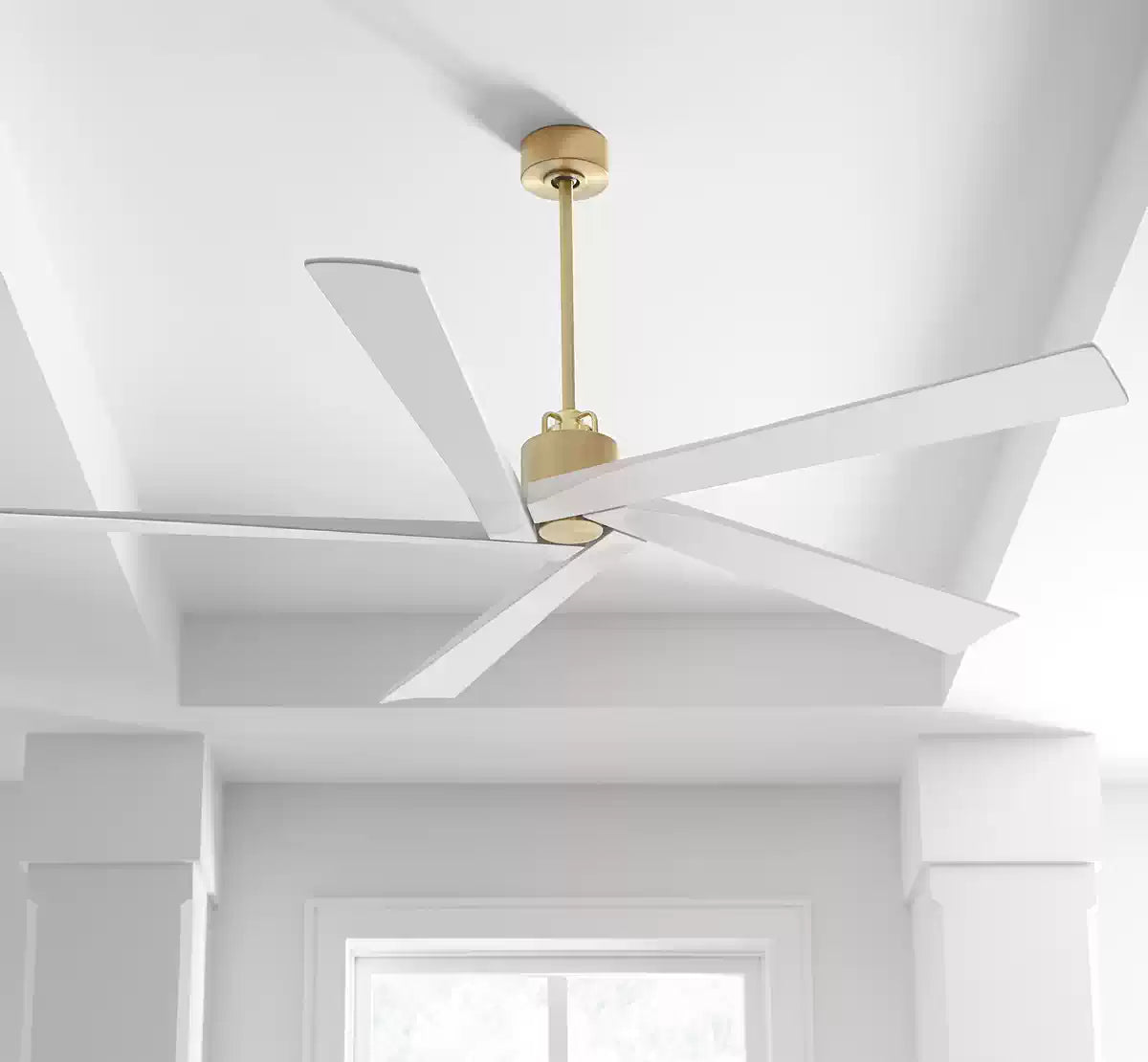

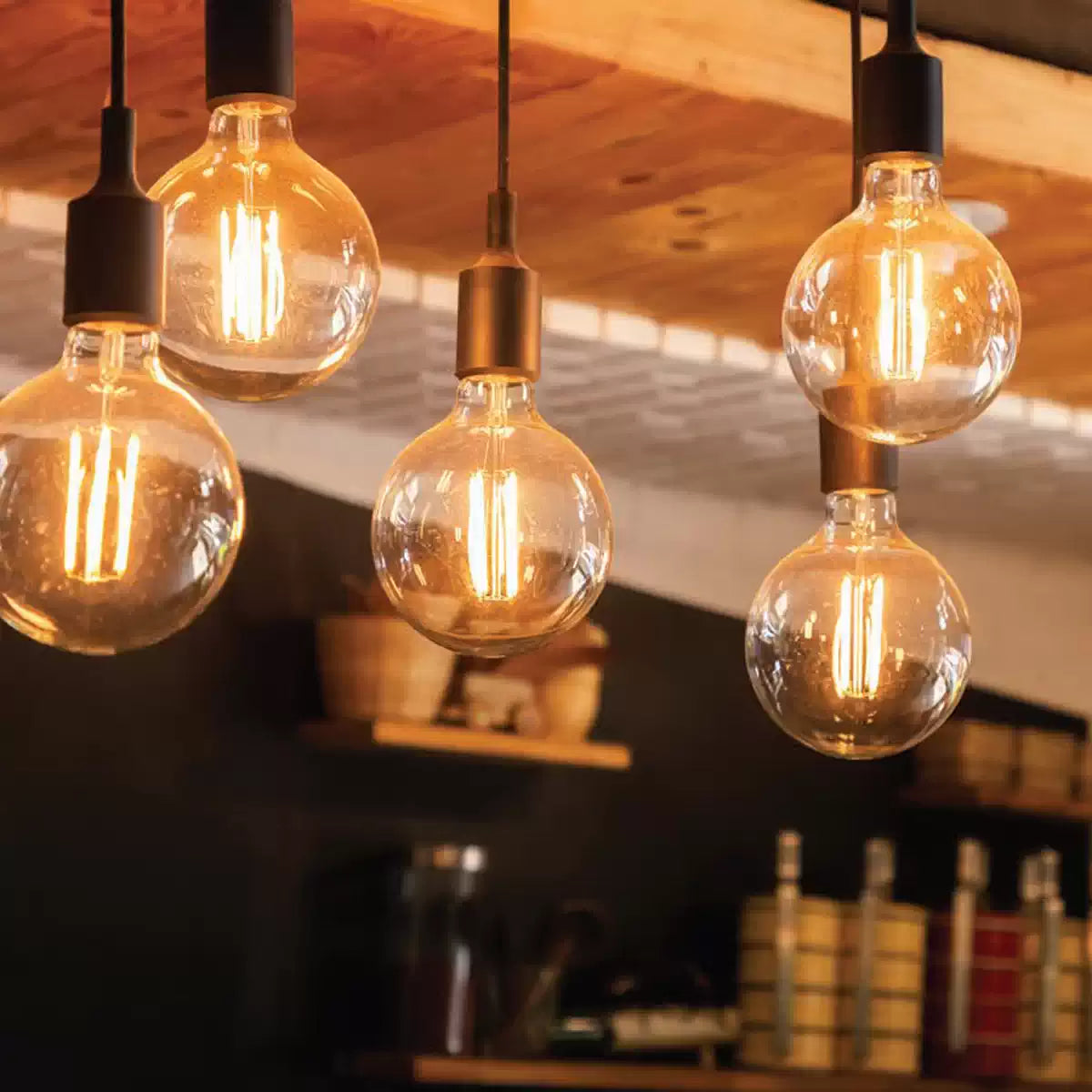






































































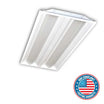















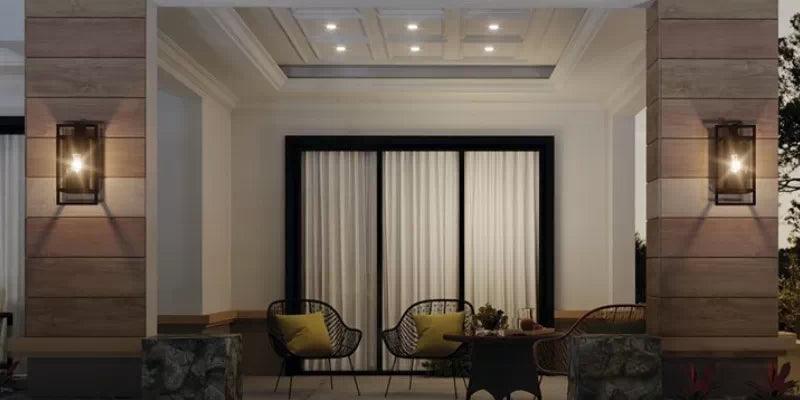
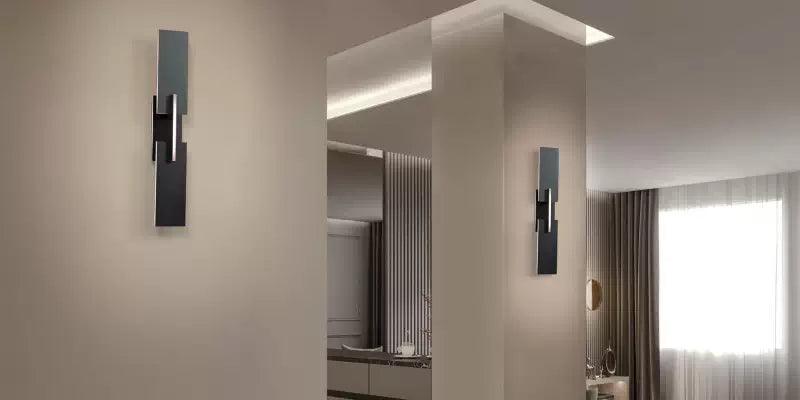
Leave a comment
All comments are moderated before being published.
This site is protected by hCaptcha and the hCaptcha Privacy Policy and Terms of Service apply.